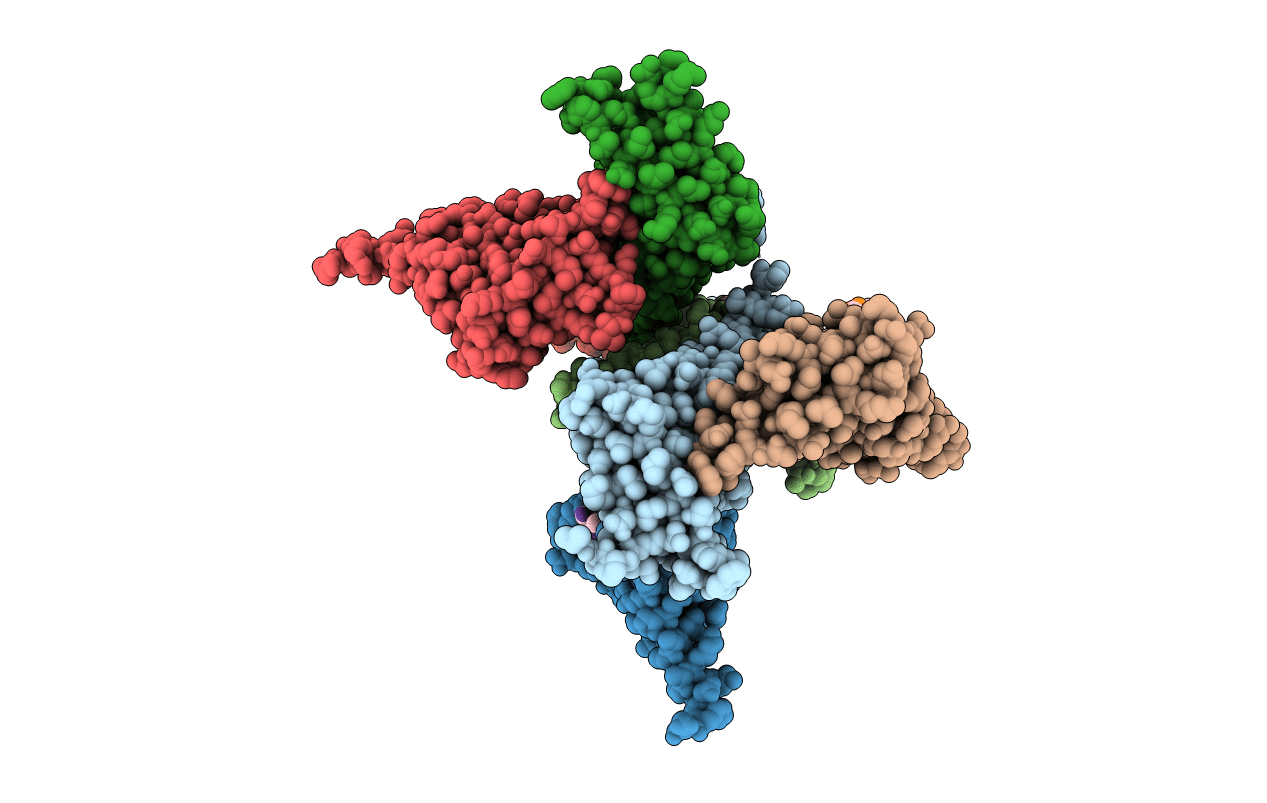
Deposition Date
2016-07-28
Release Date
2017-03-22
Last Version Date
2023-10-04
Entry Detail
PDB ID:
5L0Y
Keywords:
Title:
Crystal Structure of a Sec72-ssa1 c-terminal peptide fusion protein
Biological Source:
Source Organism:
Chaetomium thermophilum (strain DSM 1495 / CBS 144.50 / IMI 039719) (Taxon ID: 759272)
Saccharomyces cerevisiae S288c (Taxon ID: 559292)
Chaetomium thermophilum (Taxon ID: 209285)
Saccharomyces cerevisiae S288c (Taxon ID: 559292)
Chaetomium thermophilum (Taxon ID: 209285)
Host Organism:
Method Details:
Experimental Method:
Resolution:
2.87 Å
R-Value Free:
0.28
R-Value Work:
0.23
R-Value Observed:
0.23
Space Group:
P 21 21 2


